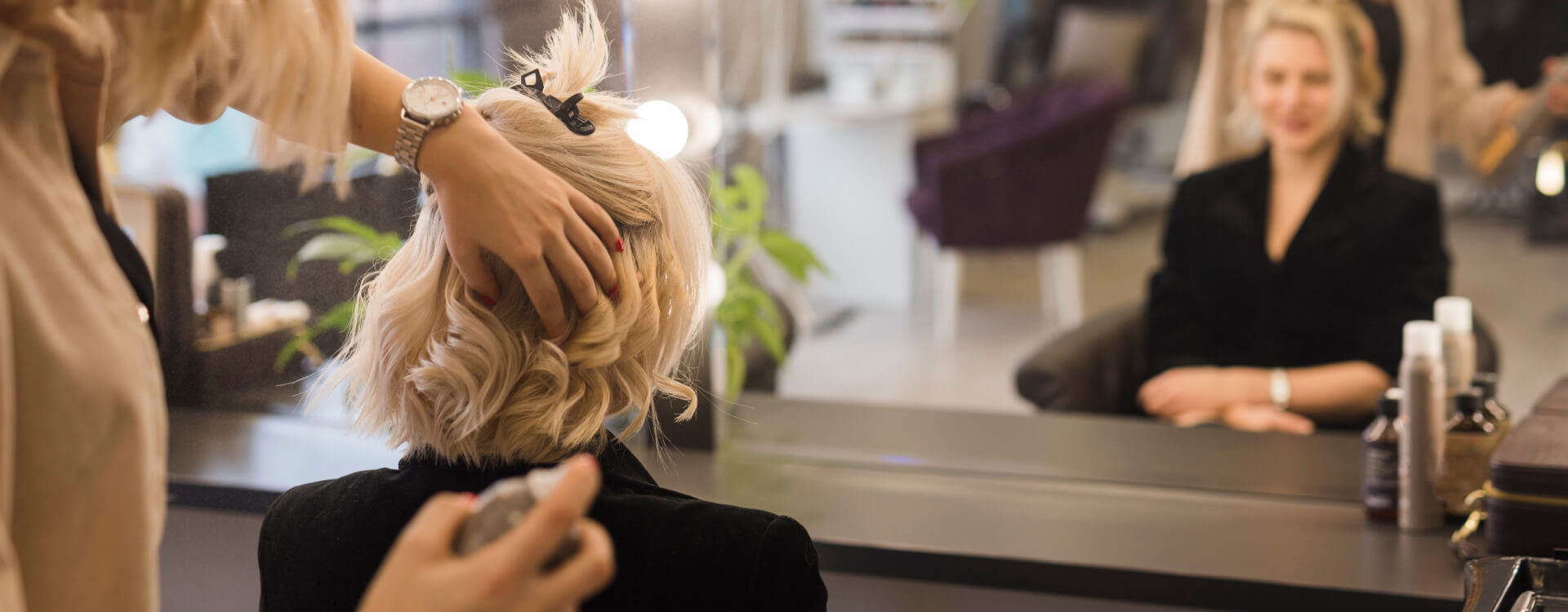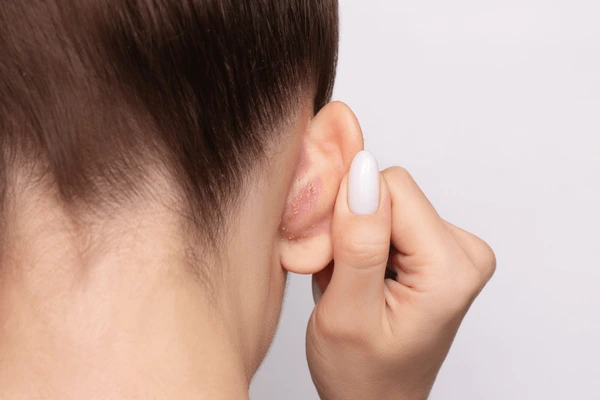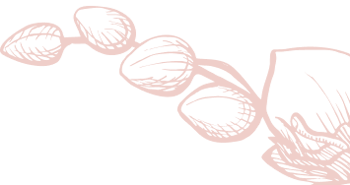
About
Suborrheic Dermatitis
Manage seborrheic dermatitis with expert care at The Velvet Skin Centre, Indira Nagar, Lucknow. Our skin specialist provides targeted treatment for long-term relief.
Book Appointment NowCall to book Appointment +91 8002558860

About
Manage seborrheic dermatitis with expert care at The Velvet Skin Centre, Indira Nagar, Lucknow. Our skin specialist provides targeted treatment for long-term relief.
Book Appointment NowOn oily parts of the body like the face and scalp, this common skin ailment results in a scaly rash. The rash can take many various forms on the skin and occasionally resembles another skin disorder. Consult a board-certified dermatologist for an accurate diagnosis.
The scalp is where the rash typically appears. On those with darker skin tones, the rash frequently appears pink, barely purple, or lighter than the nearby skin. Lighter skin types are more likely to get a red, raised rash.

Dr. Asma offers advanced seborrheic dermatitis treatment in Lucknow at The Velvet Skin Centre, Indira Nagar. This common condition leads to dandruff, scaly patches, and redness on the scalp or face. With specialized shampoos, creams, and medical therapies, we manage symptoms and restore skin balance. Patients experience relief, improved scalp health, and clear, irritation-free skin.
The precise cause of seborrheic dermatitis is unknown, according to researchers. They believe there could be numerous factors. Some of the elements that are believed to be involved are:p>
CThe following are other causes or aggravating factors for seborrheic dermatitis:p>
The actual reason why some persons experience seborrheic dermatitis and others do not is unknown to doctors. However, it does seem that if a close relative has the illness, your risk of getting it also increases.p>
Other elements considered to raise risk include:
There are common symptoms that many people with seborrheic dermatitis experience, regardless of where the illness is on the body. These signs consist of:
Lesions containing sebum can sometimes occur, and the affected skin will occasionally crust over. Erythema, or skin redness brought on by inflammation, can also occur. People who scratch the affected areas excessively may also lose hair if the flare-ups are in the creases along their hairline.
Petaloid seborrheic dermatitis, a more severe type of the condition when lesions grow around the hairline and skin discoloration occurs, may affect African Americans and those with skin of colour. The darkened skin typically appears as a rash with a ring shape. When considering eczema and skin of colour more broadly, it has been found that Black patients, who are also more likely to have severe disease, are more affected by the itching caused by eczema.
More serious conditions might impair the immune system of the affected skin and raise the risk of infection. It is not precancerous to have seborrheic dermatitis. This type of eczema does not enhance your risk of developing skin cancer.
Another widespread fallacy is the idea that seborrheic dermatitis causes hair loss. This is wholly untrue. Hair loss is not a sign of seborrheic dermatitis, and if you have it, there is definitely something else going on below.
The best course of action is to see a qualified healthcare professional, such a dermatologist, whether your severe symptoms are caused by seborrheic dermatitis or anything else. Your extreme symptoms can be managed by this healthcare professional, allowing you to resume your everyday activities without being bothered by them.
Treatment of seborrhoeic dermatitis often involves several of the following options.
Adults with resistant instances may benefit from oral itraconazole, tetracycline antibiotics, or phototherapy. For severe or moderate illness, low-dose oral isotretinoin has also been demonstrated to be effective.
The scalp should be regularly washed with infant shampoo or an aqueous lotion, then gently brushed to remove any scales.
About
About
With multiple skin and hair care clinics across Lucknow, including The Velvet Skin Centre led by Dr. Asma – the best skin doctor in Lucknow and a trusted hair specialist doctor in Lucknow – we make expert dermatological treatments easily accessible, ensuring you receive the best care close to home.
Phone: +91 8002558860
Phone: +91 8002558860
Phone: +91 8002558860

Copyright @ 2025 The Velvet Skin Centre All Rights Reserved